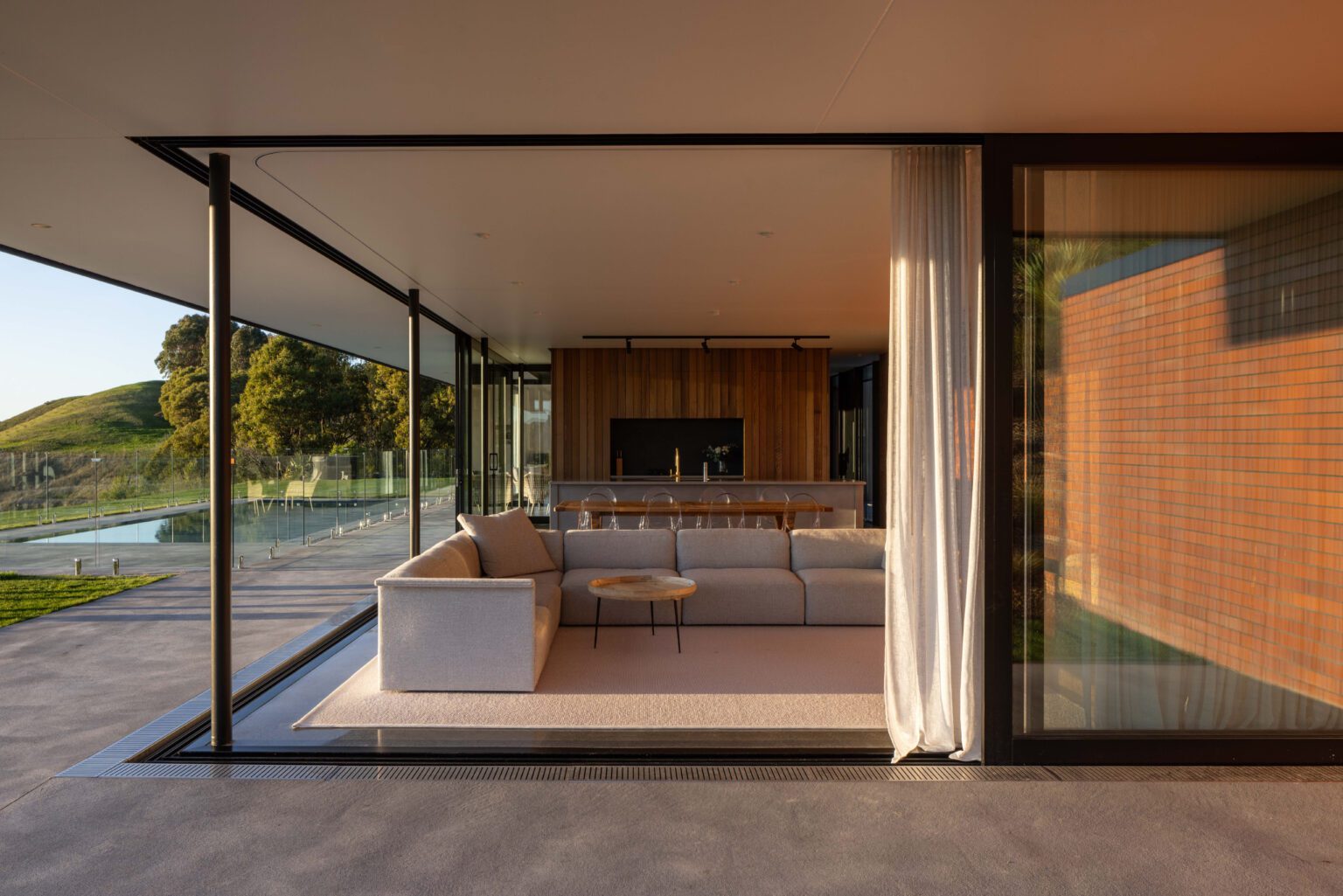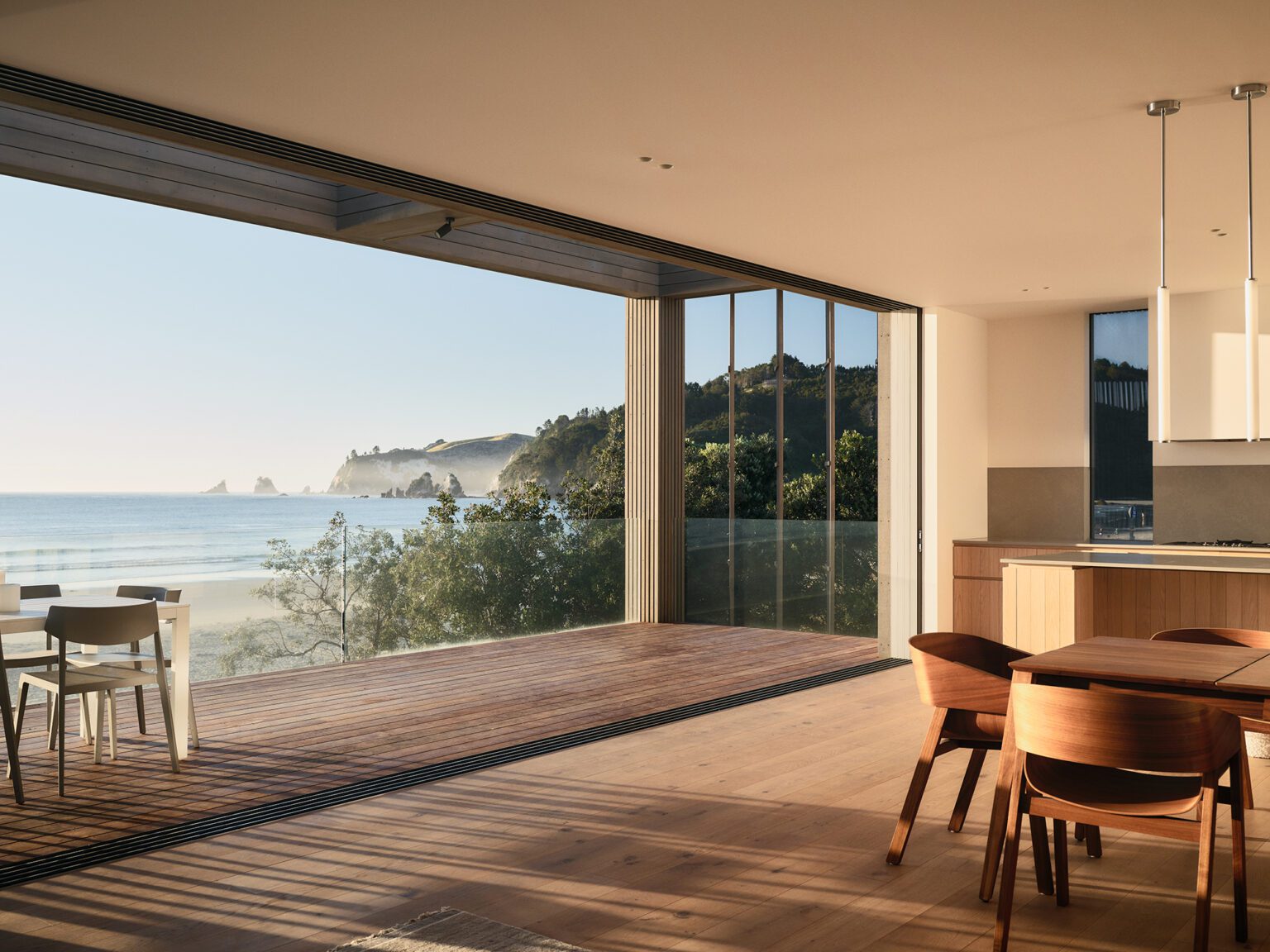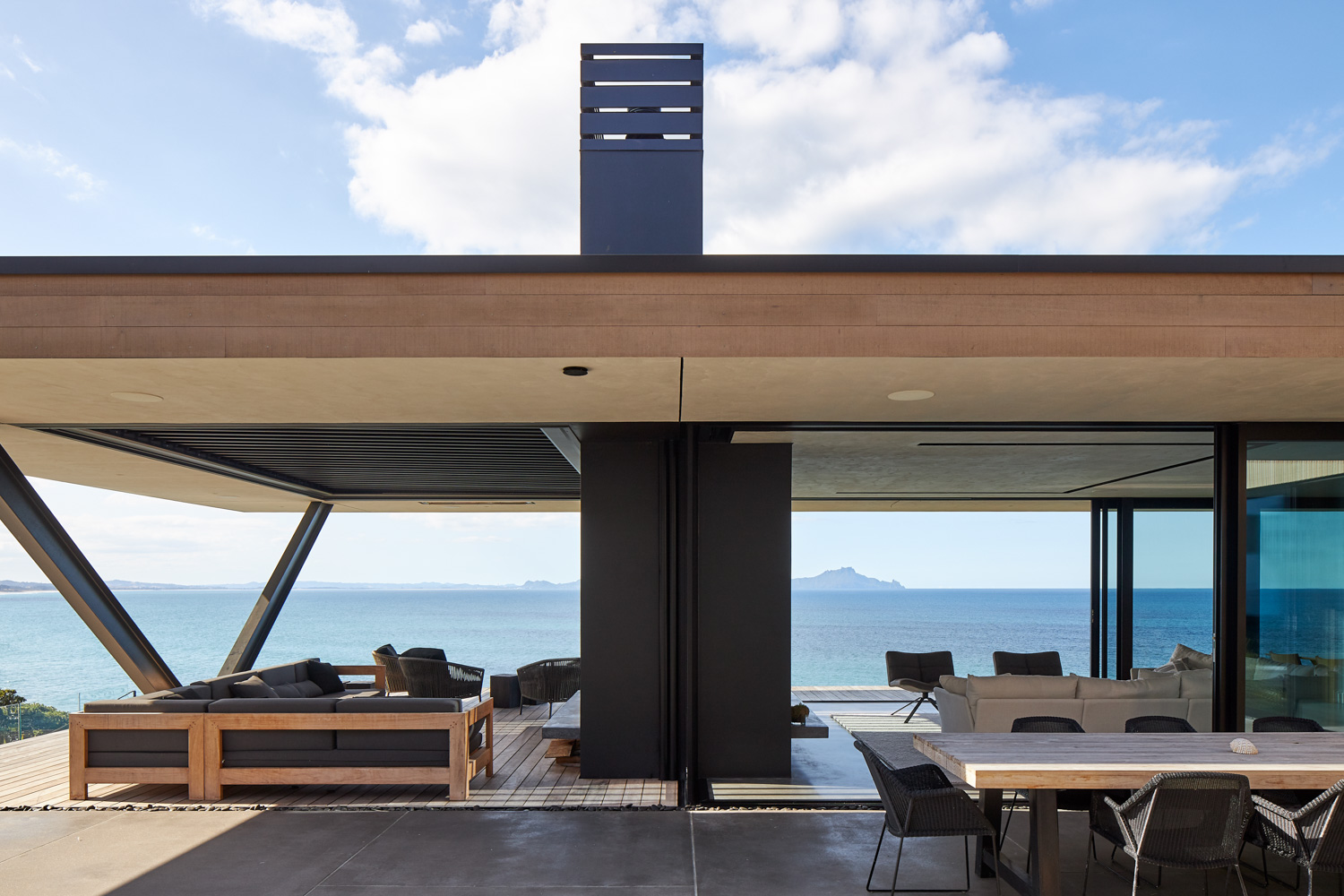Feature article
Seamless Indoor/Outdoor Living
Design Ideas for a Fluid, Connected Space

In today’s modern homes, the line between indoor and outdoor living has become increasingly blurred. Creating a seamless flow between your interior spaces and the outdoors not only enhances the functionality of your home but also enriches your lifestyle. Whether you're enjoying a sunny afternoon or entertaining guests under the stars, a fluid connection between indoor and outdoor living can elevate both comfort and style, transforming your living spaces into a cohesive sanctuary, where both worlds blend effortlessly.
One of the simplest and most effective ways to create seamless indoor-outdoor living is by choosing an open-plan layout. Open-plan living rooms and kitchens that flow into a deck or patio, like this home designed by Tim Dorrington, can make your home feel more spacious while encouraging interaction between family members and guests. Large glass sliding doors or bi-fold doors are an excellent choice to create a direct link between your interior and exterior.
The beauty of open-plan designs is that they allow you to easily transition from enjoying a warm indoor environment to basking in the fresh air outdoors, perfect for the temperate climate of New Zealand. You can enhance the seamless feel by opting for materials like natural wood or stone that continue from indoors to outdoors, creating a unified aesthetic.
Cover image: Sliding glass doors allow this open-plan living area to be almost completely open to the outdoors. Image: Hazel Redmond
When it comes to connecting your indoor and outdoor living spaces, few elements are as essential as high-quality glass doors and windows. Sliding glass doors or bi-fold windows open wide to allow uninterrupted views of your outdoor space, making it feel like an extension of your home. These features also let natural light pour into your living areas, helping to connect the indoors with the outdoors in a truly harmonious way.
Bi-fold windows are particularly popular in kitchens, as they allow for easy serving between the kitchen and outdoor dining area.
Another great way to create a seamless transition between your indoor and outdoor living spaces is by using similar or identical flooring materials. Extending your indoor flooring, such as timber or polished concrete, out onto your deck or patio ensures a continuous look that visually unites the two areas.
This approach not only improves the flow but also makes the outdoor living space feel more like a natural extension of your home. By using the same flooring, you can ensure your outdoor living area is just as comfortable and stylish as your interior.
Timber flooring in the open-plan kitchen dining area transitions seamlessly to the timber deck, creating a harmonious link between the two spaces. Image: Zico O’Neill
When designing a seamless indoor-outdoor space, it’s important to consider your furniture and decor choices. Opt for furniture that is equally at home indoors or outdoors, ensuring that pieces from both areas complement each other.
For example, wicker or rattan furniture offers a relaxed, coastal vibe that suits both indoor lounges and outdoor patios, while plush cushions and throws can add warmth and comfort to both settings. By selecting neutral tones and natural materials, you can create a cohesive aesthetic that ties your indoor and outdoor living areas together.
New Zealand’s unpredictable weather means that outdoor living spaces need to be adaptable. Consider installing pergolas, awnings, or retractable canopies to provide protection from the elements, allowing you to enjoy your outdoor living area year-round.
Outdoor heaters or fire pits can also be incorporated to provide warmth during cooler months, making your outdoor living space functional no matter the season. With the right protection and comfort features, your outdoor space becomes an inviting extension of your home, as is the case with this home by Studio John Irving.
A covered outdoor area with operable louvres means that use of this space is not governed by our changeable weather. Image: Simon Wilson
Incorporating seamless indoor/outdoor living into your home is one of the most rewarding design decisions you can make. With clever use of space, materials, and features such as sliding doors, integrated furniture and connected outdoor living areas, you can create a home that feels open, airy and in constant harmony with nature.
With outdoor living in New Zealand as popular as ever, even more homeowners are embracing designs that blend the indoors with the outdoors. Whether you're creating a space for family relaxation or an area for entertaining, the possibilities for a fluid, connected space are endless. By focusing on the right design elements, you can ensure that your indoor and outdoor living areas work in perfect synergy for years to come.
Author
Discover More
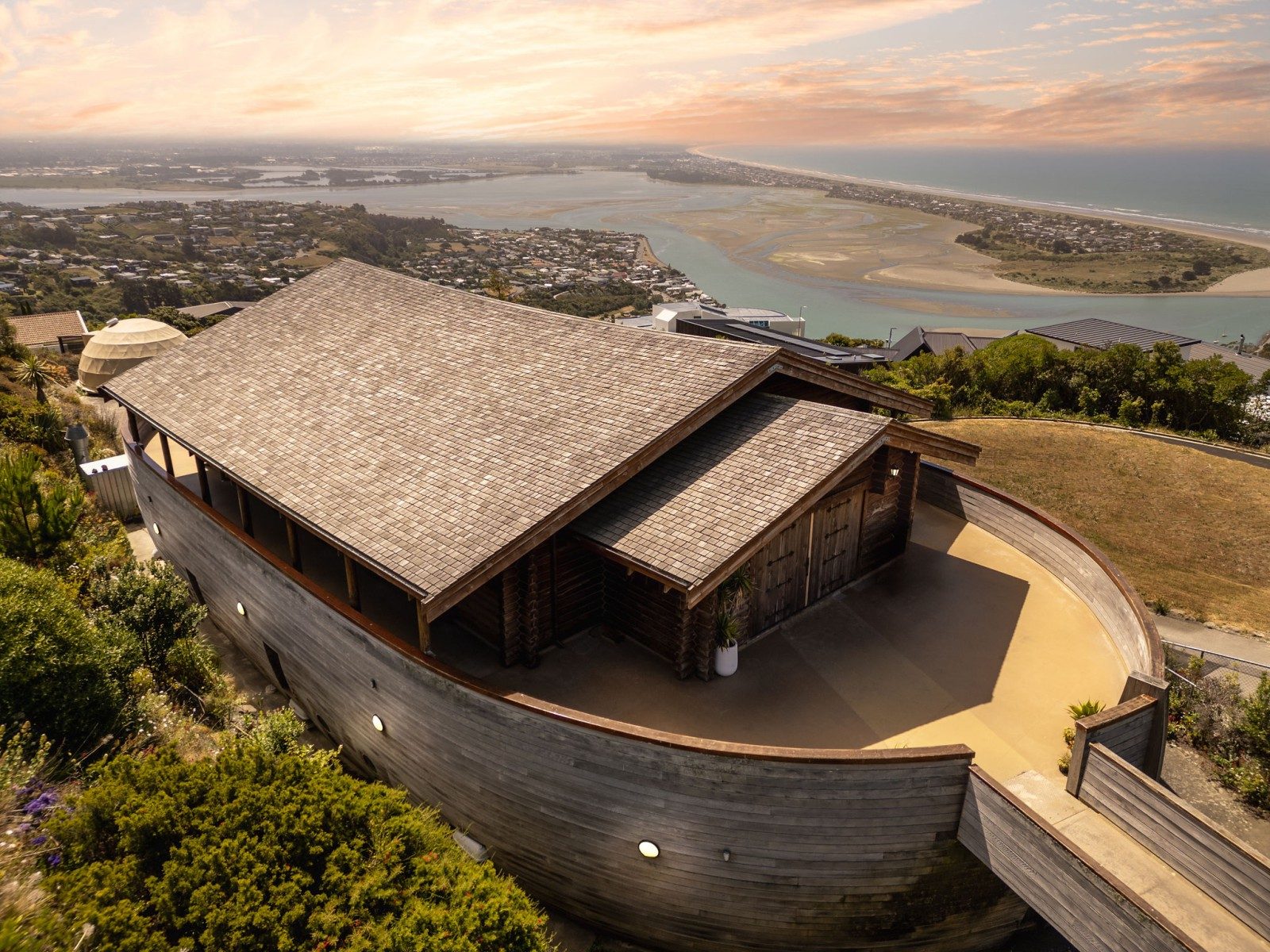
Trade Me’s most-viewed property listings of 2025 revealed: From an ark house to a golden retriever homestay
Needing inspiration? Trade Me's compiled the most popular property listings of 2025, see the homes Kiwi love to look at
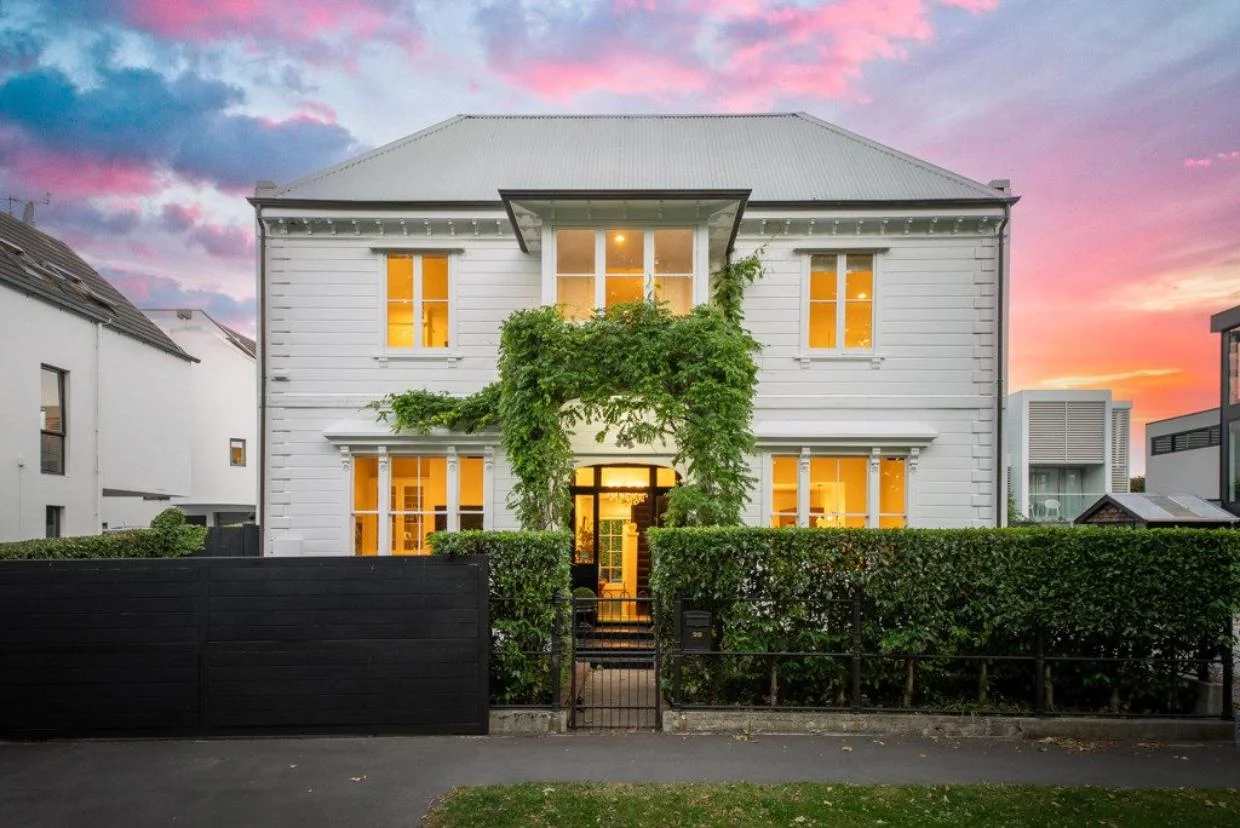
1800s landmark Christchurch house looking for new owners
A post-earthquake makeover has restored the splendour of this landmark house in Christchurch, which is for sale.
Search
Other articles you might like
